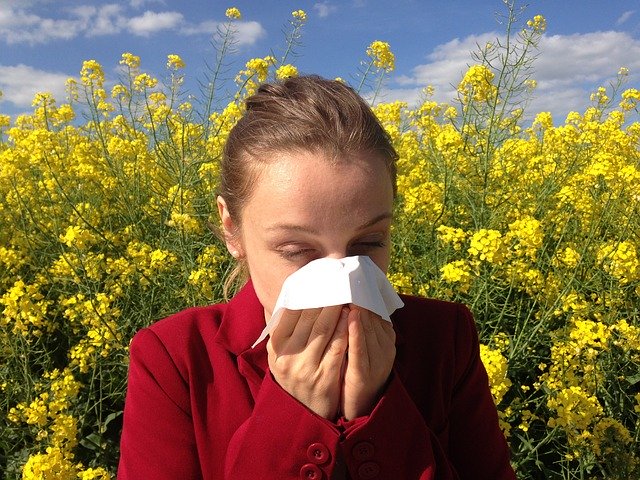Spring is coming, time for inhalers
In the middle of the emergency for the spread of the COVID-19 virus, better known as Coronavirus, it should not be forgotten that our health is also undermined by other diseases, more known but no less dangerous. With the arrival of spring, those suffering from asthma and allergies are on high alert to prevent dangerous respiratory crises. In the pockets of these people cannot miss the dry powder inhalers, technically known as Dpi, or Dry Powder Inhaler. In the production and marketing of these devices, special attention must be paid not only to the dosage of the medicine and its consistency, but also to the delivery device. For the pharmaceutical validation of Dpi the regulatory reference for Europe is Eudralex Volume 4, “Annex 10 – Manufacture of Pressurised Metered Dose Aerosol Preparations for Inhalation”. This regulatory framework includes all types of instruments for the inhalation of drugs, so, in addition to dry powder inhalers, also nebulizers (all known as aerosols), and pre-dosed sprays.
The key principle
The manufacture of pressurised inhalation products with metering valves requires special consideration due to the special nature of this form of product. It must be made under conditions that minimise microbial and particulate contamination. Quality assurance of the valve components is also essential. In the case of aerosols, suspensions of liquid droplets or solid particles in gaseous media, such as air, a homogeneous distribution of the drug within the suspension must be guaranteed.
Rooms and equipment
The production and filling of the inhalers should be done as much as possible in a closed and protected system. In case of exposure of clean products or components, the production area must be supplied with filtered air and must comply at least with the requirements of a Grade D.
Production and quality control
Quality control and product assurance for inhalers and aerosol dispensing valves must be rigorous. They are more complex engineering components than most items used in pharmaceutical production and therefore their specifications, sampling and testing should recognise this. All fluids (e.g. liquid or gaseous propellants) should be filtered to remove particles larger than 0.2 microns. Further filtration is desirable where possible immediately before filling.
Further indications
- Containers and valves must be cleaned using a validated procedure appropriate for the use of the product. It is necessary to ensure the absence of contaminants as manufacturing aids (e.g. lubricants).
- After cleaning, valves should be stored in clean, closed containers and precautions should be taken not to introduce contamination during subsequent handling.
- In the filling line, containers must be fed in clean conditions or, where appropriate, cleaned in line immediately before filling.
- It is necessary to ensure uniformity of the suspensions during the filling process..
- When using a two-shot filling process, you must ensure that both shots have the correct weight to obtain the correct composition.
- Checks after filling must ensure that there are no undue losses.





